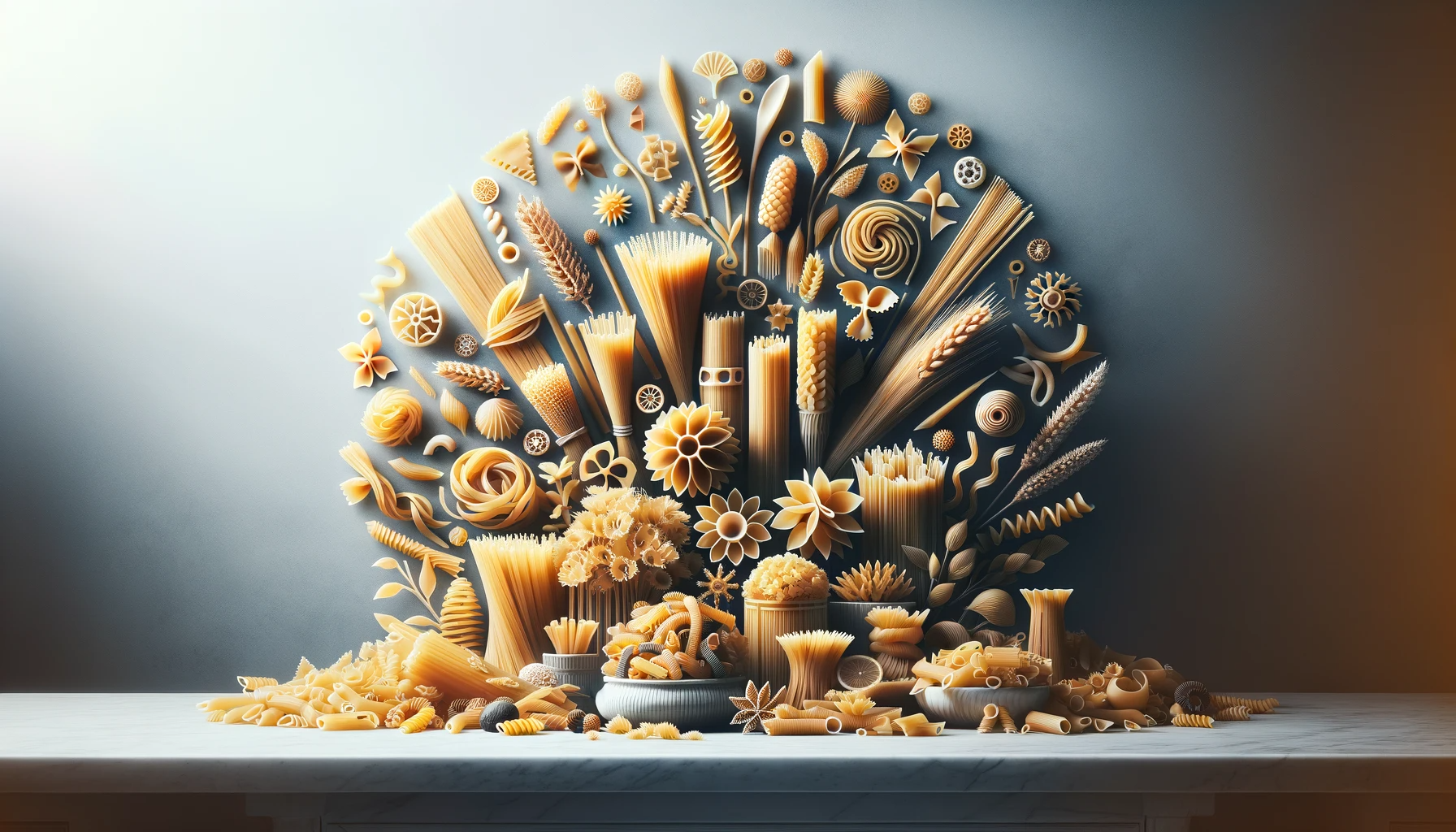Introduction:
Pasta, a beloved staple in cuisines around the world, comes in a dizzying array of shapes and sizes. Each pasta shape not only contributes to the visual appeal of a dish but also influences its texture and flavor. In this article, we will dive deep into the world of pasta, exploring how ingredients play a crucial role in determining the characteristics of different pasta shapes. Let’s unravel the secrets behind the delightful world of pasta!
The Basics of Pasta Ingredients:
Pasta is traditionally made from just two primary ingredients: semolina flour and water. However, variations in ingredients and their proportions can significantly impact the pasta’s outcome.
- Semolina Flour:
- The main ingredient in pasta is semolina flour, which is derived from durum wheat.
- Durum wheat is known for its high protein content, contributing to the pasta’s chewy texture.
- Water:
- Water is essential for binding the flour and forming the dough.
- The quality of water can influence the pasta’s texture, so using purified or mineral water is recommended.
Ingredient Variations and Their Influence:
Different pasta shapes are created by adjusting the ratio of semolina flour and water and sometimes incorporating additional ingredients.
- Egg Pasta:
- Egg pasta is made by adding eggs to the basic flour and water mixture.
- Eggs provide richness, flavor, and a golden hue to the pasta.
- Common in dishes like fettuccine and tagliatelle.
- Spinach Pasta:
- Spinach pasta incorporates fresh or dried spinach into the dough.
- It imparts a vibrant green color and a mild spinach flavor.
- Ideal for dishes where a subtle spinach taste complements the sauce.
- Whole Wheat Pasta:
- Whole wheat pasta is made from whole wheat flour, offering more fiber and a nuttier flavor.
- It is a healthier alternative but can have a denser texture.
- Squid Ink Pasta:
- Squid ink pasta includes squid ink, giving it a unique jet-black color and a hint of oceanic flavor.
- Often used in seafood-based dishes.
Understanding Pasta Shapes and Ingredients:
Now that we have a grasp of the core ingredients, let’s explore how different pasta shapes are created and how these shapes interact with sauces.
- Long and Thin Pasta:
- Examples: Spaghetti, linguine, and fettuccine.
- These shapes are typically made with durum wheat semolina and water.
- Their smooth surface allows them to pair well with both light, oil-based sauces and hearty, meat-based sauces.
- Short and Chunky Pasta:
- Examples: Penne, fusilli, and rigatoni.
- Short pasta shapes are versatile and hold sauces exceptionally well.
- They are often made with semolina flour and water, making them ideal for thick, creamy sauces.
- Stuffed Pasta:
- Examples: Ravioli, tortellini, and cannelloni.
- These pasta shapes are usually made with egg pasta dough.
- The delicate, tender dough envelops flavorful fillings, creating a delightful contrast in textures.
- Specialty Shapes:
- Examples: Farfalle (bowtie), orecchiette (ear-shaped), and radiatore (radiator-shaped).
- These unique shapes often incorporate different ingredients like spinach or squid ink for added flavor and visual appeal.
Conclusion:
Understanding pasta shapes and their ingredients is essential for creating dishes that not only taste delicious but also look stunning on the plate. By experimenting with various pasta types and sauces, you can elevate your culinary skills and truly appreciate the art of pasta-making. Whether you opt for classic spaghetti or venture into the world of specialty shapes, remember that the ingredients you choose will play a pivotal role in the final outcome of your pasta dish. Happy cooking and pasta exploration!
